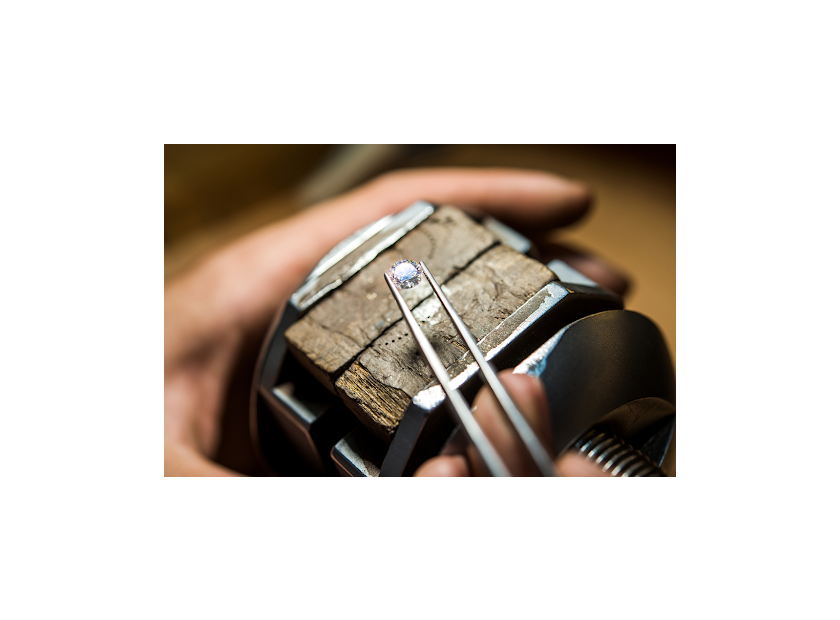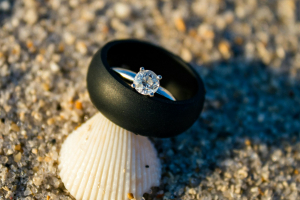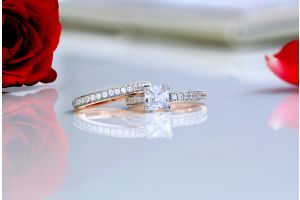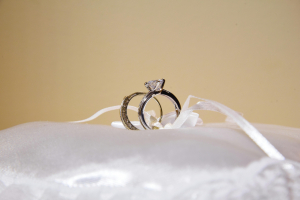GBP
/
GBP
/
Shipping to:
Currency:
A Beginner's Guide to Lab Grown Diamonds
Lab-grown diamonds, also known as synthetic or man-made diamonds, have grown in popularity as an ethical and affordable alternative to natural diamonds. While they possess the same physical, chemical, and optical properties as their natural counterparts, lab-grown diamonds offer additional benefits that appeal to modern consumers.
How Are Lab Grown Diamonds Made?
Lab-grown diamonds are created using advanced technological processes that replicate the natural conditions under which diamonds form. There are two primary methods: High Pressure High Temperature (HPHT) and Chemical Vapour Deposition (CVD). Both methods involve carefully controlled environments that allow carbon atoms to crystallise into diamond structures, resulting in a stone that is virtually indistinguishable from a natural diamond.
The HPHT method simulates the intense heat and pressure found deep within the Earth, whereas the CVD method grows diamonds from a carbon-rich gas in a vacuum chamber. Each method has its own unique advantages, with HPHT often used to create larger diamonds, and CVD providing greater control over the diamond's purity and quality.
Ethical and Environmental Considerations
One of the significant advantages of lab-grown diamonds is their minimal environmental impact compared to natural diamond mining. The mining of natural diamonds often leads to significant ecological disruption, including deforestation, soil erosion, and habitat destruction. In contrast, lab-grown diamonds require significantly less energy and resources, making them a more sustainable option.
Moreover, lab-grown diamonds offer a more ethical choice, as they are free from the concerns associated with conflict diamonds, also known as blood diamonds. These diamonds are sometimes mined in war zones and sold to finance armed conflict against governments. Lab-grown diamonds, on the other hand, are produced in controlled environments, ensuring they are entirely conflict-free.
Lab Grown vs. Natural Diamonds
While lab-grown diamonds are chemically and visually identical to natural diamonds, there are some differences in value and perception. Natural diamonds have formed over billions of years, making them a symbol of enduring love and rarity. Lab-grown diamonds, though more affordable, are still a relatively new concept, and some may perceive them as lacking the same level of emotional significance.
Despite this, lab-grown diamonds are gaining recognition for their value, especially as advancements in technology continue to improve the quality and availability of these stones. They are available in various shapes, sizes, and colours, offering consumers a broad range of options to suit their preferences and budgets.
Frequently Asked Questions
What Are the Differences Between Lab Grown and Natural Diamonds?
Lab-grown diamonds are created in a laboratory, whereas natural diamonds are formed deep within the Earth's mantle over billions of years. Although they share the same physical and chemical properties, lab-grown diamonds are typically less expensive due to their abundant supply and the controlled conditions under which they are made.
Are Lab Grown Diamonds Real Diamonds?
Yes, lab-grown diamonds are real diamonds. They possess the same physical, chemical, and optical properties as natural diamonds and are virtually indistinguishable from them. The only difference is their origin—lab-grown diamonds are created in a lab, while natural diamonds are formed in nature.
How Can I Tell If a Diamond Is Lab Grown?
It is nearly impossible to distinguish a lab-grown diamond from a natural diamond with the naked eye. Only specialised equipment used by gemologists can detect the subtle differences in their growth structures. Lab-grown diamonds are usually accompanied by a certification that indicates their origin.
Why Are Lab Grown Diamonds Less Expensive?
Lab-grown diamonds are less expensive primarily because they do not involve the extensive mining processes associated with natural diamonds. Additionally, the controlled environment of a laboratory allows for a more predictable and efficient production process, reducing costs. The availability of lab-grown diamonds also plays a role in their lower price, as they are not subject to the same market fluctuations as natural diamonds.
Are Lab Grown Diamonds as Durable as Natural Diamonds?
Lab-grown diamonds are just as durable as natural diamonds, scoring a 10 on the Mohs scale of hardness. This makes them suitable for everyday wear, including engagement rings and other jewellery pieces that may be subject to daily use.








